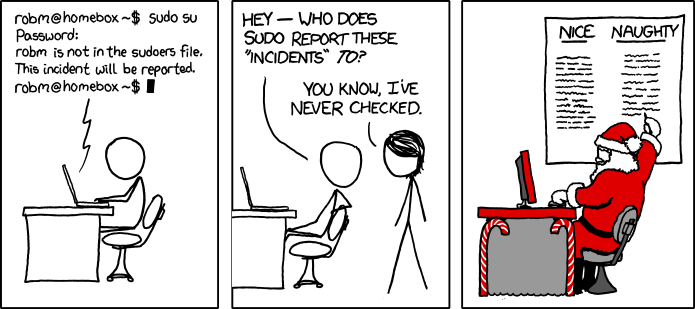

| Main index | Section 1 | 日本語 | Options |
The following options are available:
| | |
| Use backward searching patterns (?...?). | |
| | |
| Use forward searching patterns (/.../) (the default). | |
| | |
| Do not create tags for typedefs, structs, unions, and enums. | |
| | |
| Append to tags file. | |
| | |
| Create tags for #defines that do not take arguments; #defines that take arguments are tagged automatically. | |
| | |
| Place the tag descriptions in a file called tagsfile. The default behaviour is to place them in a file called tags. If tagsfile is "-", the tags will be written to standard output instead. | |
| | |
|
Update the specified files in the
tags
file, that is, all
references to them are deleted, and the new values are appended to the
file.
This is ignored if the tags file does not exist or is not a regular
file (e.g.
Beware: this option is implemented in a way which is rather slow; it is usually faster to simply rebuild the tags file. | |
| | |
An index of the form expected by
vgrind(1)
is produced on the standard output.
This listing
contains the object name, file name, and page number (assuming 64
line pages).
Since the output will be sorted into lexicographic order,
it may be desired to run the output through
sort(1).
Sample use:
ctags -v files | sort -f > index vgrind -x index | |
| | |
| Suppress warning diagnostics. | |
| | |
| ctags produces a list of object names, the line number and file name on which each is defined, as well as the text of that line and prints this on the standard output. This is a simple index which can be printed out as an off-line readable function index. | |
Files whose names end in .c or .h are assumed to be C source files and are searched for C style routine and macro definitions. Files whose names end in .y are assumed to be yacc(1) source files. Files whose names end in .l are assumed to be Lisp files if their first non-blank character is ‘amp;;’, ‘amp;(’, or ‘amp;[’, otherwise, they are treated as lex(1) files. Other files are first examined to see if they contain any Pascal or Fortran routine definitions, and, if not, are searched for C style definitions.
The tag "main" is treated specially in C programs. The tag formed is created by prepending ‘M’ to the name of the file, with the trailing .c and any leading pathname components removed. This makes use of ctags practical in directories with more than one program.
The yacc(1) and lex(1) files each have a special tag. "yyparse" is the start of the second section of the yacc(1) file, and "yylex" is the start of the second section of the lex(1) file.
| tags | default output tags file |
The method of deciding whether to look for C, Pascal or Fortran functions is a hack.
The ctags utility relies on the input being well formed, and any syntactical errors will completely confuse it. It also finds some legal syntax confusing; for example, since it does not understand #ifdef's (incidentally, that is a feature, not a bug), any code with unbalanced braces inside #ifdef's will cause it to become somewhat disoriented. In a similar fashion, multiple line changes within a definition will cause it to enter the last line of the object, rather than the first, as the searching pattern. The last line of multiple line typedef's will similarly be noted.
| CTAGS (1) | May 23, 2023 |

| Main index | Section 1 | 日本語 | Options |
Please direct any comments about this manual page service to Ben Bullock. Privacy policy.
